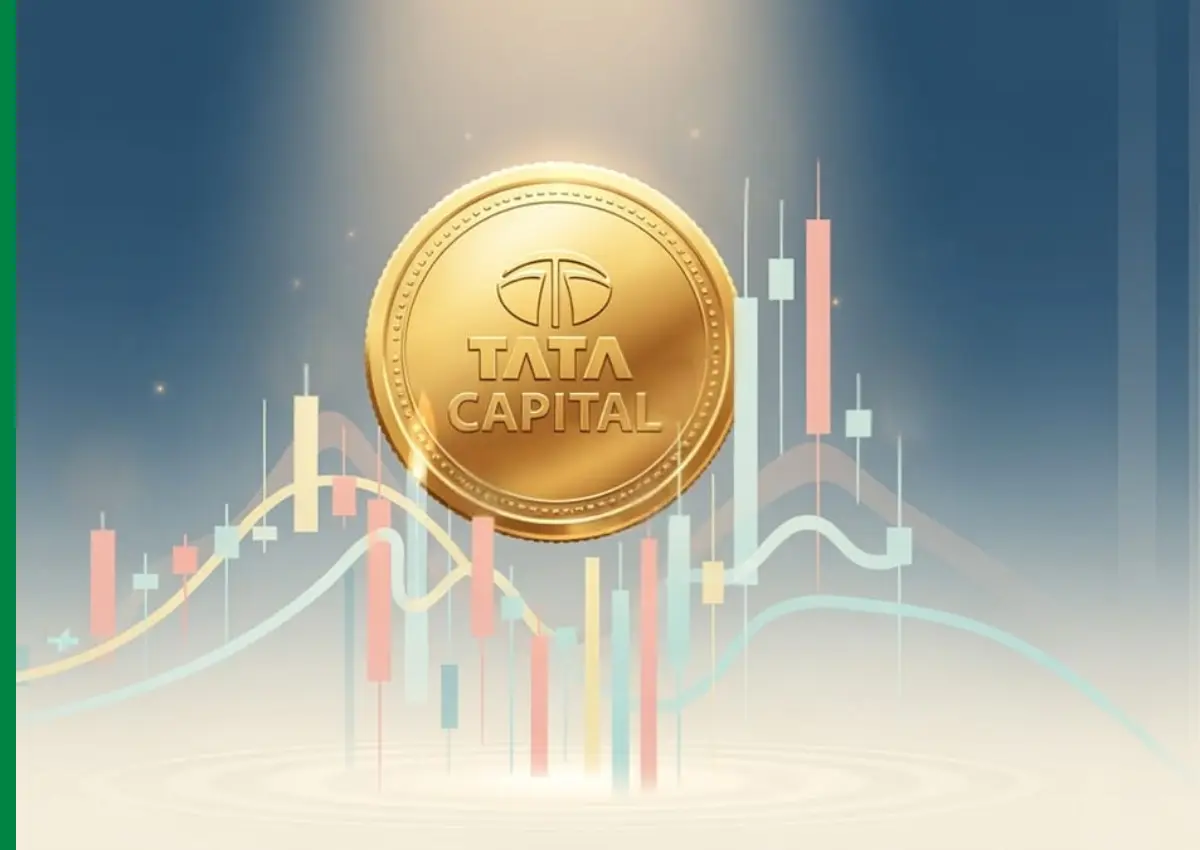A new year 2025 marks a new beginning for the Indian tech and startup sector, which was seen filled with inspiring and combating spirit in 2025 compared to 2024. But for this year, some of the trends and opportunities have emerged that are going to change the face of this market.
1. Adani fintech vision
In the last year, the Adani group has expanded its fintech vertical in a big way. The Adani group’s fintech play is developing rather quickly, with the conglomerate shifting towards travel, digital lending, and credit sale and purchase/supply chain finance. Combined with its new super app Adani One and new co-branded credit card with ICICI, it can revolutionize the industry.
Especially, based on its logistic and transportation advantages as well as FMCG business, Adani can pose a threat to new entrants such as Jio Financial Services and Paytm in 2025.

2. Paytm faces growing pressure on of profitability
Financial performance analysis is hence likely to get more attention in the year 2025 after close observation of Paytm’s performance this year. After struggling through economically challenging 2024 by cutting the costs and shrinkage, Paytm plans to utilize AI solutions to get better.
However, the fintech firm’s road to profitability remains up in the air; attention will be directed towards Paytm as it continues to battle for market share.
3. AI & Enterprise Tech Dominance
Generative AI (GenAI) will define the enterprise tech stack through M&As in cyber, cloud, and apps built on AI. SaaS start-ups will buy technology, thus being relevant due to their source of intellectual property.
4. Edtech Restructuring
In the future, the edtech sector will witness contraction as few of the unicorns, like Unacademy, come under the pressure of acquisitions. The PhysicsWallah’s expected IPO might cause similar movements into other promising acquisition signs towards bringing rational and sustainable business models.
5. Electrification of the Automobile: The Dawn of the Electric Vehicle (EV).
Traditional car makers such as Tata Motors and Mahindra & Mahindra will increase their EV manufacturing, particularly for electric cars to be used by ride-hailing and business.
The ride-hailing sector will probe into EVs but won’t rush into purchasing electric cars from new entrants such as Tesla. The rollout of charging stations will be crucial here with real estate developers and retailers, among others, to meet the demand. Tesla might just enter India after years of delay or may enter through some sort of tie-up.
6. Quick Commerce Evolution
Quick commerce will evolve to cover precise vertical-specific niches, and several players will now focus on new commerce verticals, such as fresh meat delivery (Licious), medicines (1MG), and fashion (Myntra). The concept of physical retail that combines the online shopping experience and an offline experience will be a new norm.
7. Fintech Super App: Historical Development in India
Once focused strictly on financial services, India’s fintech super apps are broadening their remits. These apps are turning into digital commerce platforms; they are including shopping, travelling, and lifestyle applications to enhance client loyalty.
However, these platforms have massive competition from pure-play players in B2C ecommerce as well as travel players. To make these new verticals sustainable and profitable, constant customer pull and marketing are the keys.
8. Jio Financial Services: A Game Changer for the Fintech Industry
Jio Financial Services (JFS) is expected to disrupt financial services markets in India in the year 2025. In banking, payments, lending, insurance, and investment, it goes directly into competition with other fintechs in the UK, propelled by the $25 billion capital that JFS has.
The fast growth plus the adequate capital investor will likely act as a threat to existing startups in the market.
9. India’s Dream of Green Hydrogen Gets Bigger
It is the green hydrogen that has come out as the flagship of India’s clean energy transition. Focusing on the two, innovation is being fueled through public-private partnerships, and cases of synergy between state-owned enterprises and other private players are rising.
The equity investors are following this particular sector in particular, favoring the firms that are most able to capitalize on governmental programs—similar to how it was with drones and defense technologies.
Venture capital (VC) has up to now been the most common source of finance for green hydrogen startups. Traditional sources of funding like VC funds, angel investors and IPOs are missing in place and PE, CVC funds, and government grants are emerging to fund those capable of partnering with large power firms.
10. Netflix goes further with Live Sports Streaming
Netflix has focused on local streaming content, but its attention to less popular sports has been limited compared to competitors like JioCinema and Hotstar. A recent boxing match between Mike Tyson and Jake Paul attracted 65 million viewers, showcasing the potential of live sports.
With WWE having a massive 350 million TV viewers in India, live sports could be the key for Netflix to increase its market share and deepen its penetration in the region.
The future is unfolding—be ready to be a part of it!



